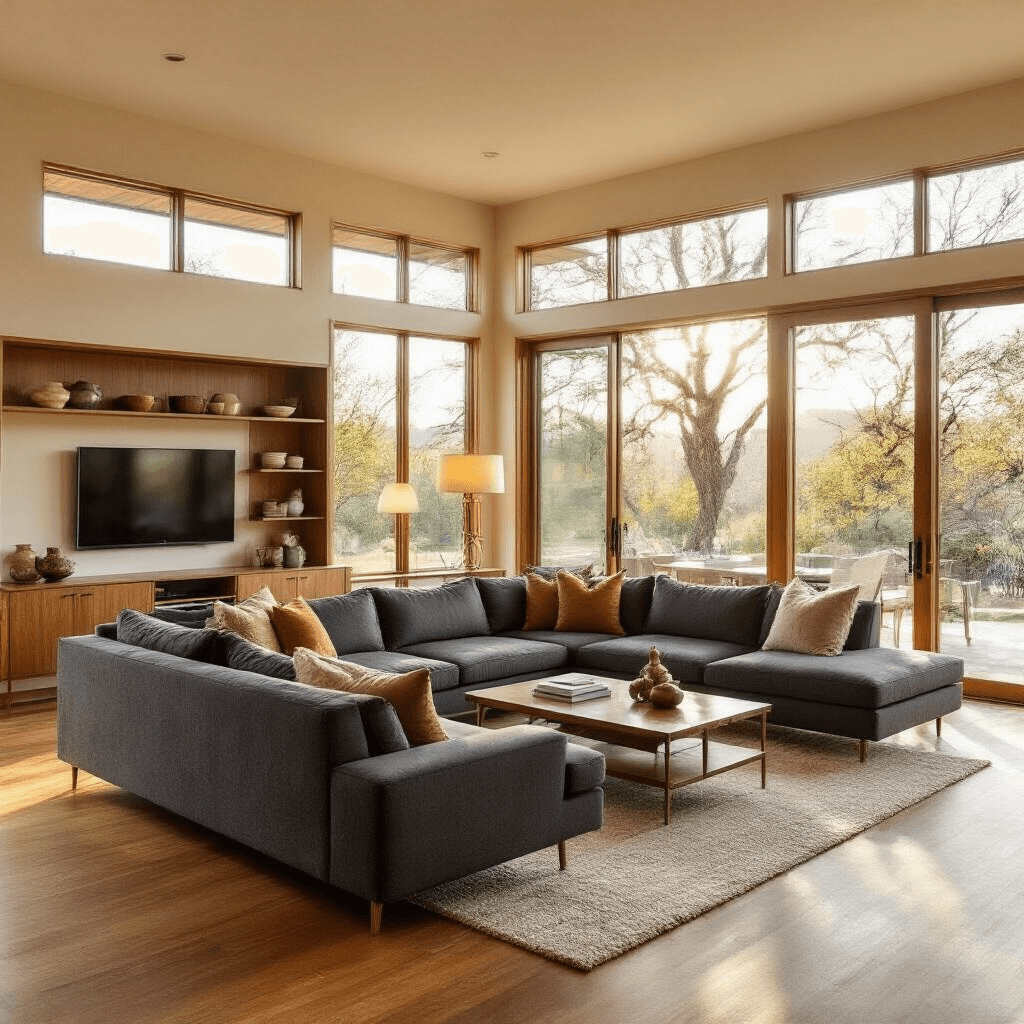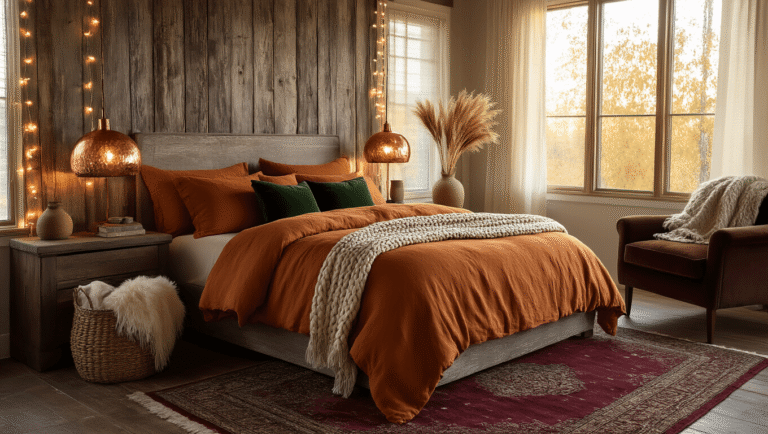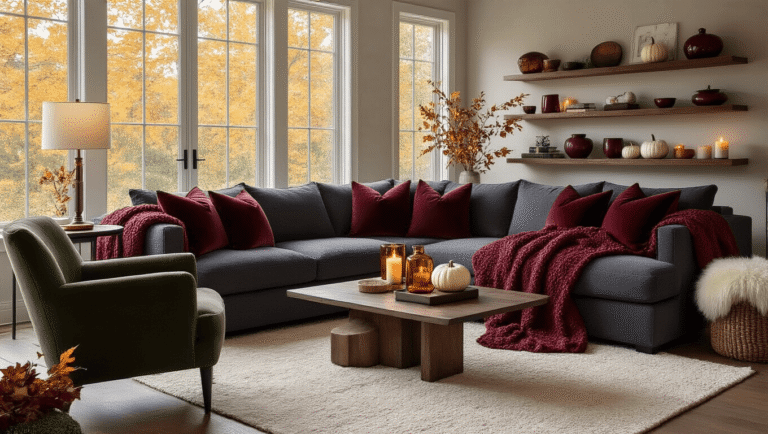This post may contain affiliate links. Please see my disclosure policy for details.
Why Single-Family Homes Rule America
Contents
- Why Single-Family Homes Rule America
- Ranch Style: The Sprawling Superstar
- Colonial and American Traditional: The Timeless Champions
- Craftsman Style: Where Character Lives
- Tudor Style: English Countryside Charm
- Victorian Style: Ornate and Unapologetic
- Mediterranean Style: Warmth and Romance
- Modern and Contemporary: Clean Lines Rule
- Don’t Forget the Urban Warriors: Townhouses and Row Houses
- Mid-Century Modern: The Post-War Phenomenon
Let me start with the obvious winner. Single-family detached homes make up roughly 66-70% of America’s housing market. That’s not just a statistic—it’s a testament to our love affair with privacy, space, and the freedom to paint our front door hot pink if we damn well please.
These homes offer three things Americans crave:
• Privacy (no shared walls means no hearing your neighbor’s questionable music choices)
• Flexibility (want to knock down that wall? Go for it)
• Yard space (because where else are you going to put that outdoor fire pit you’ve been eyeing?)

Ranch Style: The Sprawling Superstar
Ranch homes are like that reliable friend who’s always there for you. Single-story layouts, open floor plans, and those signature low-pitched roofs make them incredibly popular.
What makes Ranch homes special:
• No stairs to navigate (your knees will thank you later)
• Open concepts that flow beautifully
• Easy access to outdoor spaces
• Perfect for aging in place
Decorating Ranch homes:
I always tell clients to embrace the horizontal lines. Long, low furniture works brilliantly here. Think mid-century modern sofas and streamlined coffee tables. The key is not fighting the architecture—work with those clean, simple lines.

Colonial and American Traditional: The Timeless Champions
Colonial homes are the little black dress of American architecture. Symmetrical, classic, and they never go out of style.
Key Colonial features:
• Perfect symmetry (windows balanced on both sides of the front door)
• Two-story design
• Pitched roofs that mean business
• Simple, clean facades that age gracefully
Cape Cod subset:
These compact cousins feature steep roofs, dormer windows, and central chimneys. Originally coastal homes, they’ve spread nationwide because they’re just so damn practical.
My Colonial decorating philosophy:
Respect the formality but don’t let it intimidate you. These homes love traditional elements mixed with personal touches. I’ve seen magic happen when clients add classic table lamps alongside modern artwork.

Craftsman Style: Where Character Lives
Craftsman homes make my decorator heart sing. They’re all about handcrafted details, wide porches, and built-in features that modern homes desperately try to replicate.
Signature Craftsman elements:
• Low-pitched roofs with deep overhangs
• Exposed rafters and beams
• Built-in bookcases and window seats
• Wide front porches perfect for evening conversations
Decorating Craftsman homes:
Never cover up those beautiful built-ins! These homes were designed when craftsmanship mattered. I always recommend highlighting natural wood elements and choosing furniture that complements rather than competes with the architecture.

Tudor Style: English Countryside Charm
Tudor homes transport you straight to the English countryside. Those steep gabled roofs, decorative half-timbering, and tall narrow windows create instant curb appeal.
Tudor characteristics:
• Steep, complex rooflines
• Mixed materials (stone, brick, stucco)
• Leaded glass windows
• Asymmetrical facades that tell a story
Victorian Style: Ornate and Unapologetic
Victorian homes don’t whisper—they shout. Ornate detailing, asymmetrical facades, towers, turrets, and colors that make neighbors take notice.
Victorian features:
• Elaborate decorative elements
• Bay windows and wraparound porches
• Steep roofs with multiple gables
• Rich color schemes
Victorian decorating tip:
Don’t try to minimize the drama. These homes were built to be noticed. Embrace bold patterns, rich textures, and ornate mirrors that match the home’s personality.

Mediterranean Style: Warmth and Romance
Mediterranean homes bring vacation vibes to everyday living. Stucco walls, red tile roofs, and central courtyards create that relaxed, resort-like atmosphere.
Mediterranean must-haves:
• Low-pitched red tile roofs
• Stucco or adobe exterior walls
• Arched doorways and windows
• Central courtyards or patios
Modern and Contemporary: Clean Lines Rule
Modern and Contemporary homes strip away the unnecessary and focus on what matters: space, light, and function.
Modern characteristics:
• Minimalist design principles
• Asymmetrical exteriors
• Flat or shed roofs
• Floor-to-ceiling windows
• Industrial materials mixed with natural elements
Don’t Forget the Urban Warriors: Townhouses and Row Houses
Townhouses and row houses share walls but not personality. These multi-story homes dominate urban areas and dense suburbs where every square foot counts.
Why townhouses work:
• Vertical living maximizes small lots
• Often more affordable than detached homes
• Built-in community feeling
• Less exterior maintenance
Mid-Century Modern: The Post-War Phenomenon
Mid-Century Modern homes emerged post-World War II and never really left. Flat roofs, expansive windows, and minimalist styling create spaces that feel both retro and futuristic.







